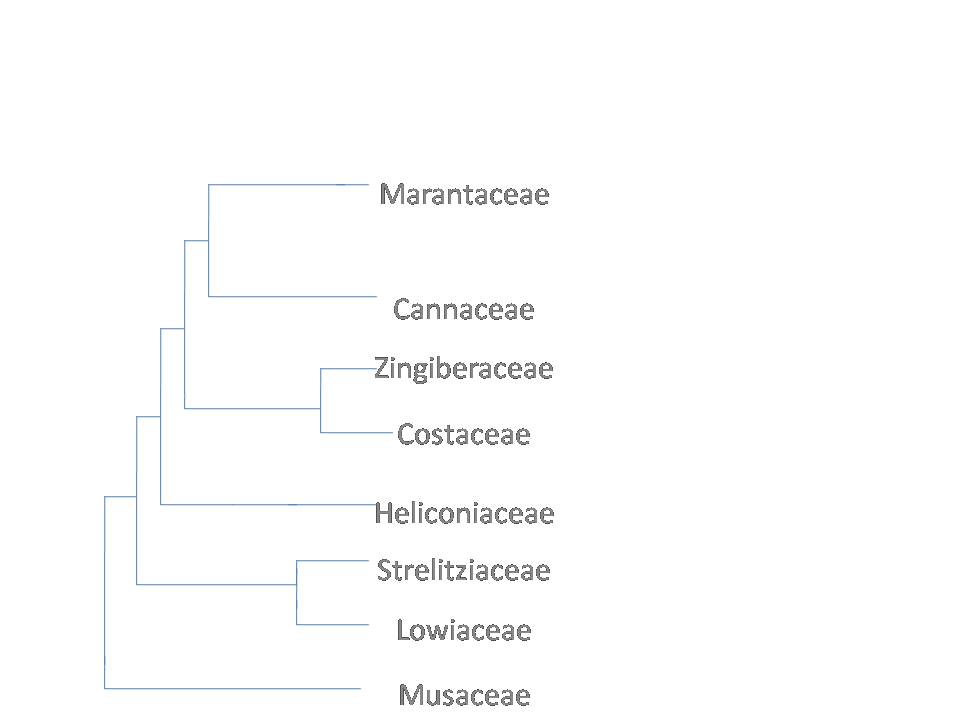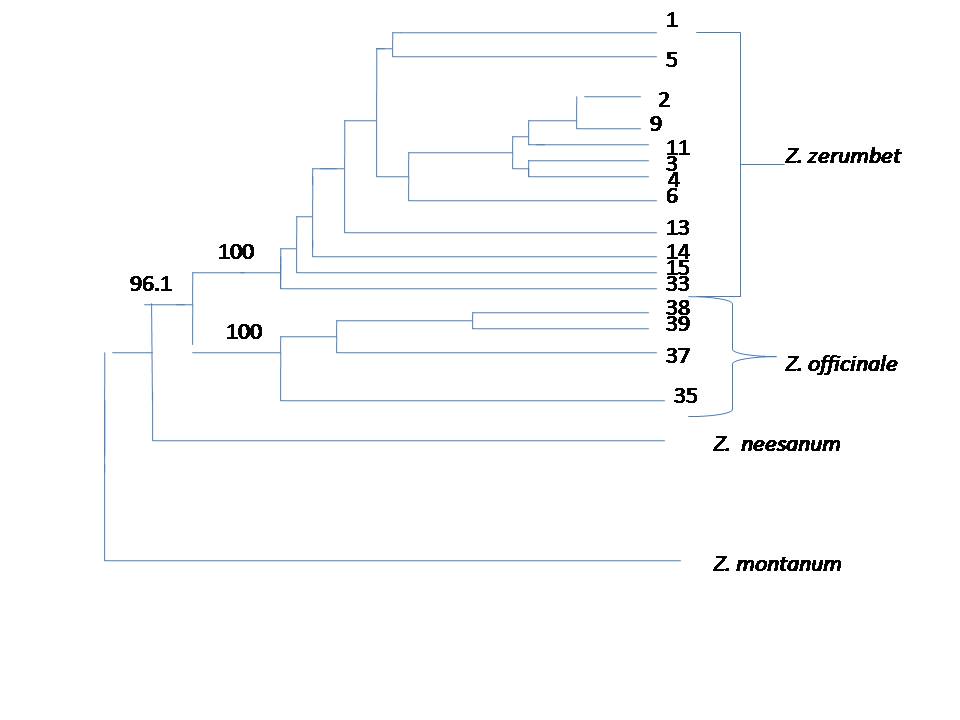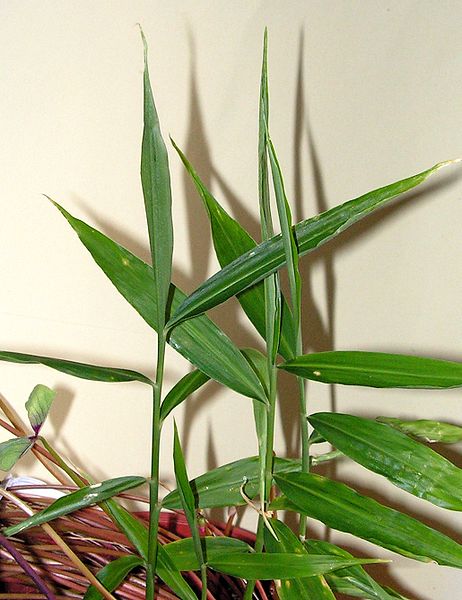Zingiber officinale
(Ginger)
Chelsey Rodger
Bio 203: University of Wisconsin- La Crosse
Where does the "ginger" belong?
This aromatic herb goes by many names but first and foremost it goes by its scientific species name Zingiber officinale. Carl Linnaeus, a Swedish botanist, manufactured the name Zingiber officinale . This scientific name can be used to define a tropic Asiatic and Polynesian perennial plants: ginger. It also goes by the following alias': cooking ginger, garden ginger, ginger root. The complete profile of this ginger is also available at United States Department of Agriculture.
|
Domain |
Eukarya |
Has eukaryotic cells, cells move, they make their own food |
|
Kingdom |
Plantae |
Consists of multicellular organisms that are formed from eukaryotic cells. Organisms in the Plantae kingdom receive their nutrients through photosynthesis. The eukaryotic cells form tissues and have cell walls made of cellulose. |
|
Phylum |
Magnoliophyta |
This phylum is considered to be an Angiosperm or "flowering plant". An angiosperm is a plant that bears fruit, has seeds, and is vascular. |
|
Class |
Liliopsida |
The Liliopsida class is a monocot or monocotyledon. Monocots have a single cotyledon, floral parts in multiples of threes, and is herbaceous. |
|
Order |
Zingiberales |
Has flowers composed of colorful specialized leaves, has large leaves with parallel veins, and a long stalk. |
|
Family |
Zingiberaceae |
Aromatic herb |
|
Genus |
Zingiber Mill. |
Ginger |
|
Species |
Zingiber officinale |
Garden Ginger |
This cladisitic phylogeny tree represents the order of Zingiberales.
This order includes the families: Cannaceae, Costaceae,
Heliconiaceae, Lowiaceae, Marantaceae, Musaceae, Strelitziaceae,
and of course Zingiberaceae. Costaceae and Zingiberaceae
are most closely related of their similarities of inflorescence
and floral characters, specifically they both have 1
fertile stamen and 2 anther sacs.

This phylogeny tree represents the genetic molecular
similarities between these different species of Zingibers. The result of this tree is that
Zingiber
officinale is most closely related to the species Zingiber
zerumbet. 
Facts! Would you like to get some fascinating facts about Ginger?

.jpg)

.gif)
